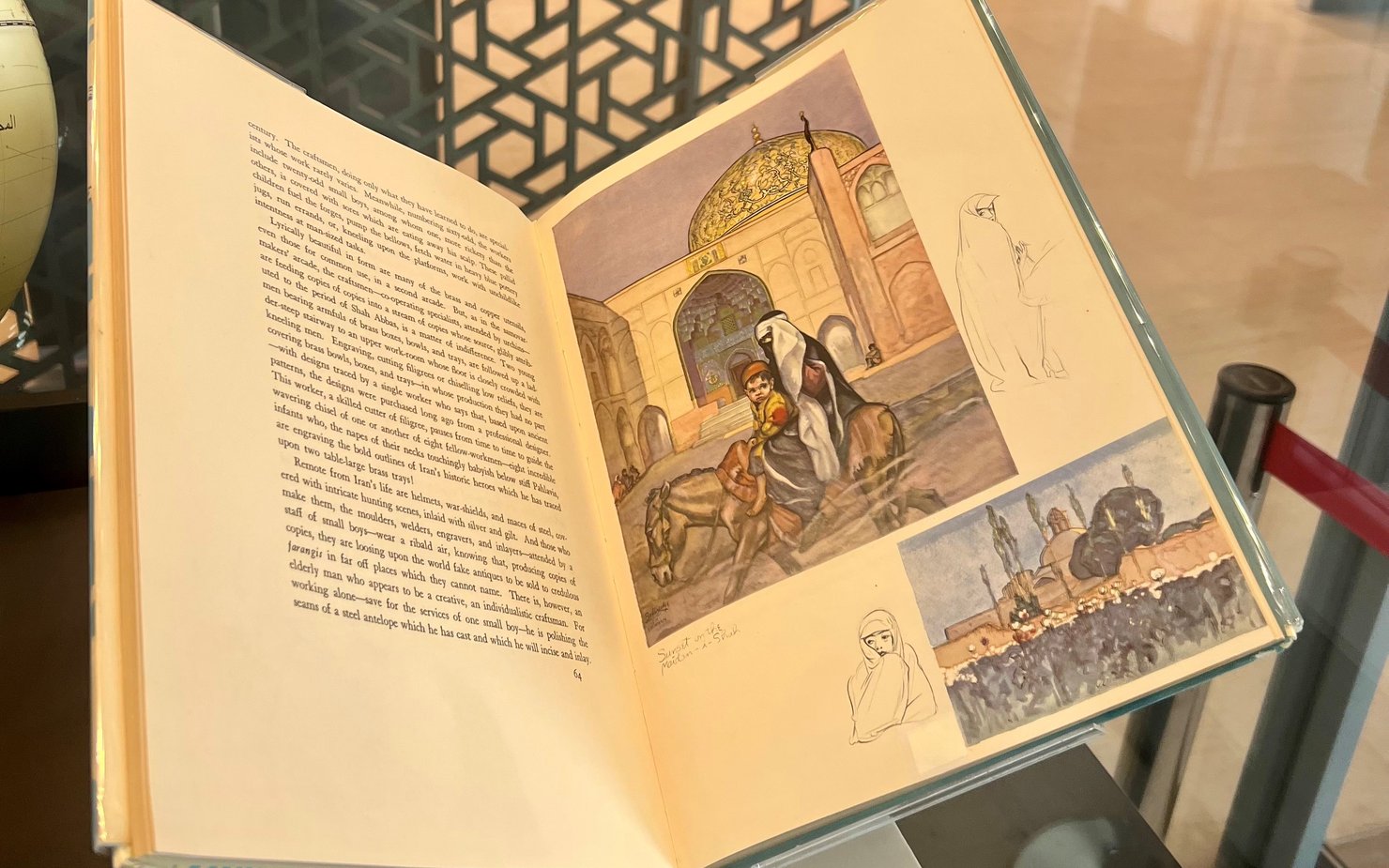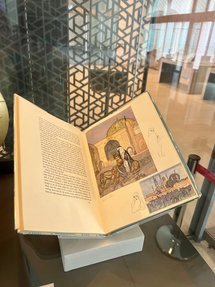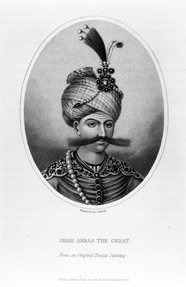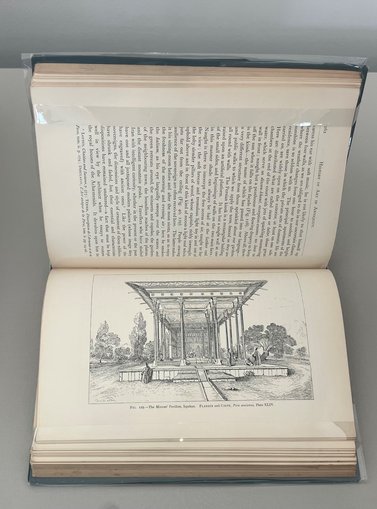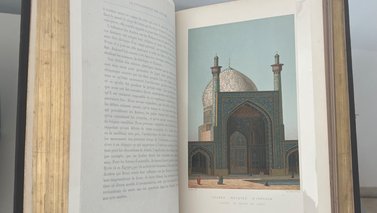From 23 October 2023 – 30 January 2024, visitors can delve into this collection that provides an extensive guide to Isfahan during the Safavid Empire. Walk through centuries-old history and culture and explore the renowned architectural marvels, artistic masterpieces, delectable cuisine, groundbreaking scientific advancements, and the intriguing European perspective on the city's distinctive style.
“Isfahan is Half of the World”
This Iranian proverb summarises the glamour of this important Iranian city with its glorious history and culture. A key moment in the life of the city was between the years of 1597 and 1736, when it became the capital of the Safavid Empire (1501-1736), and enjoyed much prosperity under the rule of Shah Abbas I the Great. During his reign, the Safavid Empire matched its rivals, the Ottoman Turks and the Mughal emperors in India.
